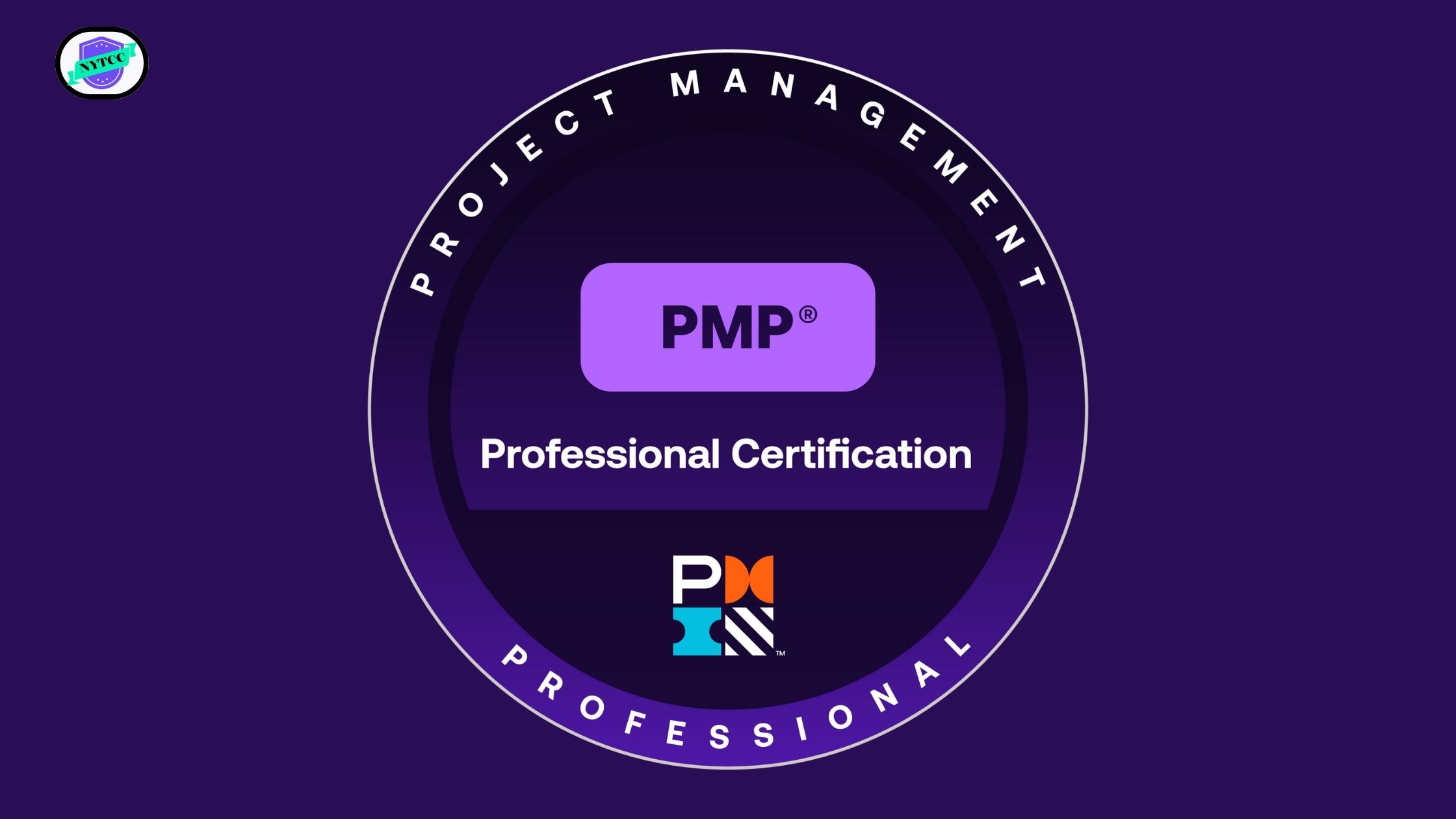Our PMP Rebaseline Guide ensure successful project delivery by aligning your schedule, budget, and scope with new realities.
In the dynamic and ever-evolving world of project management, change is not just a possibility but a certainty. Projects, regardless of their scope and scale, often encounter unforeseen circumstances that necessitate adjustments to the original plan. When these changes occur, rebaselining becomes an essential process to ensure that the project remains on track. Our PMP Rebaseline Guide delves into the fundamental steps and best practices for rebaselining, providing you with the knowledge to navigate this crucial aspect of project management effectively.
Understanding Rebaselining
Rebaselining is the process of adjusting the original project baseline to accommodate significant changes. This process involves updating various elements of the project, including the schedule, budget, scope, and performance measurements, to align with the new realities of the project. The primary goal of rebaselining is to provide an accurate and current representation of the project's state, enabling better decision-making and performance tracking. By rebaselining, project managers can ensure that their projects remain on course and achieve their intended objectives.
Determining the Need for Rebaselining
Rebaselining is a decision that should not be taken lightly. It is essential to determine the appropriate time to rebaseline a project to avoid unnecessary disruptions. Several scenarios may necessitate rebaselining, including significant changes in project scope, schedule delays, budget adjustments, and performance variances. When major changes occur in the project scope, such as adding or removing deliverables, an updated baseline becomes crucial. Similarly, significant delays that impact the project's timeline and critical path may require a rebaseline to realign the schedule with the new realities. Unexpected cost overruns or savings that affect the project's budget also necessitate rebaselining to ensure financial accuracy. Lastly, when actual performance deviates substantially from the planned baseline, rebaselining helps to realign expectations and provide a more accurate picture of the project's progress.
The Process of Rebaselining
Rebaselining requires a structured approach to ensure it is done effectively. The process begins with identifying the need for rebaselining by assessing the project's current state and the factors driving the need for adjustment. Once the need is established, it is crucial to engage stakeholders and communicate the reasons for rebaselining. Gaining stakeholder input and approval is vital to ensure that everyone is on the same page and that the rebaseline reflects the project's new realities.
After securing stakeholder approval, the next step is to update the baseline. This involves adjusting the project's schedule, budget, and scope to reflect the changes accurately. It is essential to ensure that all project documents are updated accordingly to maintain consistency and transparency. Re-establishing performance measurement baselines is also a critical step in the rebaselining process. By updating these baselines, project managers can continue to track progress against the new plan and make necessary adjustments as needed.Monitoring and controlling the project's performance against the rebaseline is an ongoing process. Continuous monitoring allows project managers to identify any deviations from the new baseline and take corrective actions promptly. By maintaining vigilance and adapting to changes, project managers can ensure that the project stays on course and achieves its objectives.
Best Practices for Successful Rebaseline
Achieving successful rebaselining requires adherence to best practices. Clear communication is paramount throughout the rebaselining process. Keeping all stakeholders informed about the reasons for rebaselining and the expected outcomes fosters transparency and ensures that everyone is aligned with the project's new direction. Thorough documentation of all changes and updates to the baseline is also essential. Documenting these changes provides a clear record of the project's evolution and enhances accountability.
Regular reviews are critical to assess the effectiveness of the rebaseline. Conducting periodic reviews allows project managers to evaluate the progress of the project against the new baseline and make any necessary adjustments. This proactive approach helps to identify potential issues early and address them before they escalate. Risk management is another crucial aspect of successful rebaselining. Identifying and addressing any risks associated with the changes minimizes their impact on the project and ensures that the project remains on track.
Providing training and support to the project team is also vital for successful pmp rebaseline. Ensuring that the team understands the new baseline and can work effectively within it enhances overall project performance. By equipping the team with the necessary skills and knowledge, project managers can drive the project towards successful completion.
Conclusion
Rebaselining is a critical process in project management that helps keep projects on track despite changes. By following the steps and best practices outlined in our PMP Rebaseline Guide, project managers can ensure successful rebaselining and improved project outcomes. Whether dealing with scope changes, schedule delays, or budget adjustments, rebaselining provides the framework to realign your project and achieve your goals.


